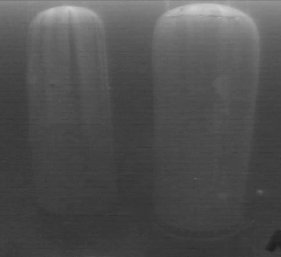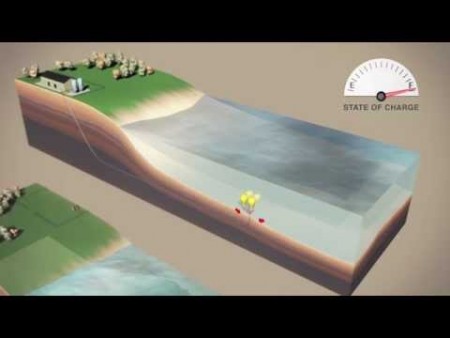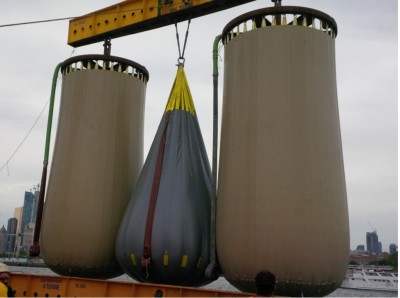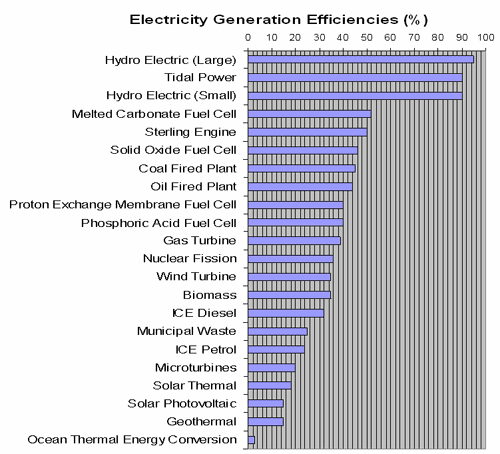November 20, 2015 – A Toronto company, Hydrostor Inc., this week launched a new energy source to feed Toronto Hydro‘s power grid. The one megawatt system is a pilot project and is really quite simple in concept. Taking surplus electricity generated during off peak hours to compress air, the system then pumps it into pipes extending offshore in Lake Ontario for three kilometers to a depth of 60 meters (that’s about 1.9 miles at a depth of approximately 200 feet). The compressed air gets stored in tethered balloons that are held in check by the weight of the water above. Thus completes the charging phase of the operation. Energy release happens when the compressed air is fed back through pipes to push a turbine attached to a generator. Comparable lithium-ion storage battery systems of similar capacity would cost twice as much.
This first system produces enough power to light and heat 330 homes. Hydrostor has plans to dramatically increase capacity. It has a tentative contract for a 5 megawatt system to be installed in Aruba in the Caribbean. The estimated cost for that project is $15 million CDN. A 100 megawatt system would cost around $200 million. All components come from off-the-shelf parts including the balloons which are marine salvage lift bags (see image below).
Large-scale compressed air energy storage (CAES) is not new. In fact the idea has been around since the 1870s. The challenge has always been finding suitable land-based sites for the technology. That has held back commercial CAES from coming to fruition. In 1978 the first commercial plant was opened in Germany. A second commissioned in Alabama in 1991 illustrates the challenge of land-based CAES. The containment room for the air had to be created underneath an underground salt dome. Since 2007 a number of new CAES sites have received funding but the limitation remains. Find a suitable underground environment capable of absorbing air under pressure without destabilizing its surroundings.
Hydrostor believes they have the answer. Don’t put CAES systems on land. Put the storage medium in the water and let water pressure do the job of containment. The company’s CEO, Curtis VanWalleghem states, “finding places to store the air that’s been the problem….we open it up to thousands more sites because we use hydrostatic water pressure.” In the picture below you can see two inflated bags from the current pilot installation immersed in 55 meters of water in Lake Ontario.

Hydrostor claims its system is better than 60% efficient. That means it loses less than 40% of the energy used to charge and release. Compare that to the efficiency of other forms of power generation as illustrated by the chart below which shows the theoretical efficency of other power generation sources. I think you will agree that Hydrostor is on to something big.


















